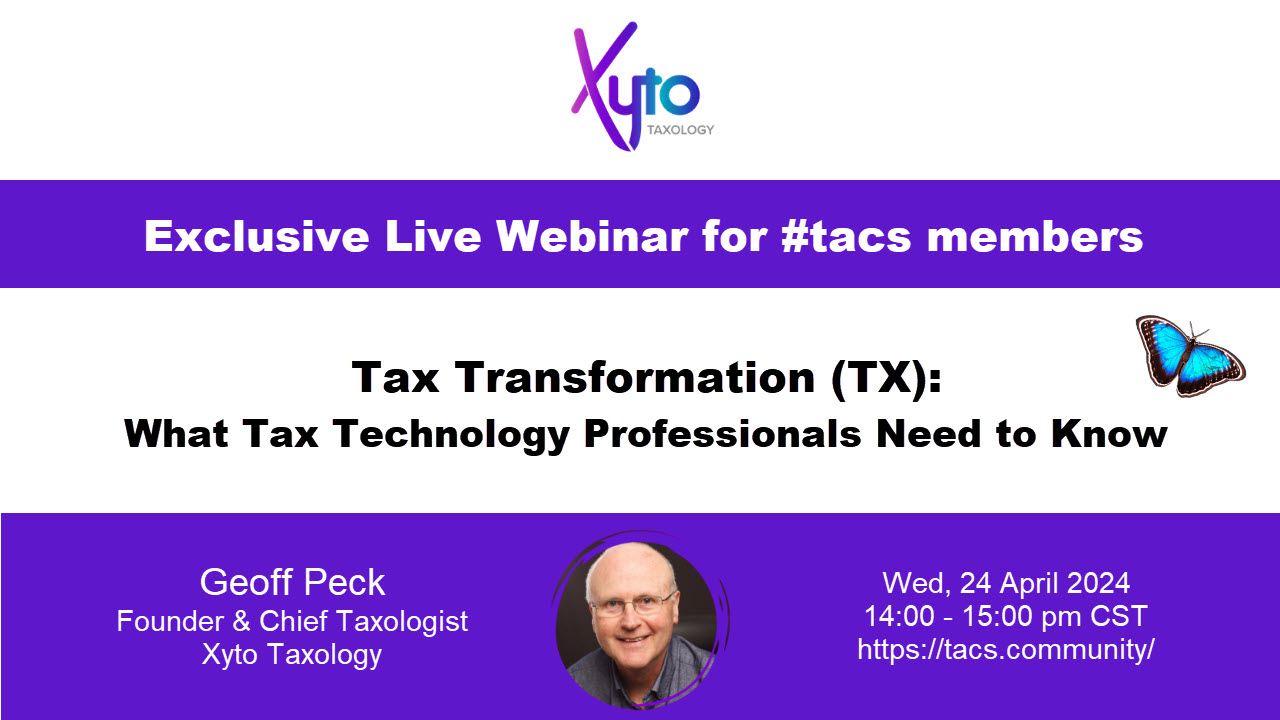Way back in 1993, Hammer & Champy*, in their influential book, Reengineering the Corporation: A Manifesto for Business Revolution, stated the following (for ‘reengineer’, read ‘transform’):
“A company that cannot change the way it thinks about information technology cannot reengineer. A company that equates technology with automation cannot reengineer. A company that looks for problems first and then seeks technology solutions for them cannot reengineer.”
These words are as relevant today as they were 30 years ago, including for tax when it sees technology through the lens of existing processes instead of asking what tech can do that is not already being done!
Hammer & Champy go on to say:
“Information technology plays a crucial role in business reengineering, but one that is easily miscast. … merely throwing computers at an existing business problem does not cause it to be reengineered. In fact, the ‘misuse’ of technology can block reengineering altogether by reinforcing old ways of thinking and old behavior patterns.“
By this assertion, most tax departments have barely scratched the surface of reengineering (transformation). Typically, they cannot curb their culturally conservative impulses, or radical reinvention strikes them as extreme.
However, there’s a manageable way forward—and for the risk-averse, we add that our recommendations and conclusions are based on the successes of a handful of remarkable tax and tax tech professionals.
Interested? Members of the Online Community Space for Tax Technology Professionals, or #tacs, can join us on Wed, 24 April @2pm CST for a webinar on the principles & practices used by the far-sighted industry leaders who step beyond tech-led methods to the full value of tax transformation (TX).
* Hammer & Champy were ahead of their time—before Agile—and sparked the BPR (business process reengineering) revolution of the 90s.


No comment yet, add your voice below!